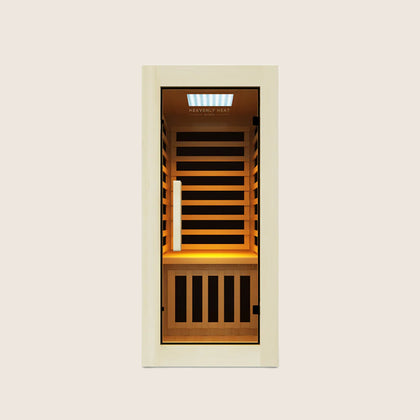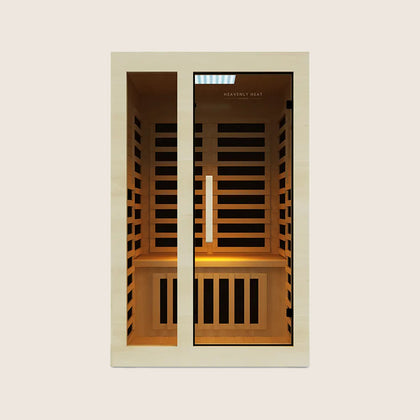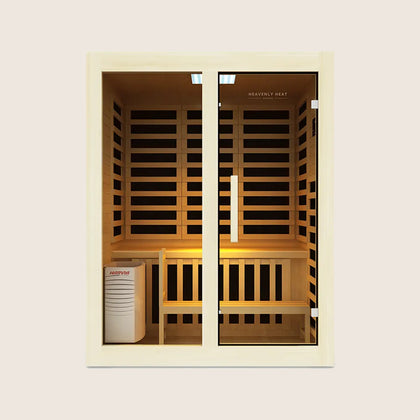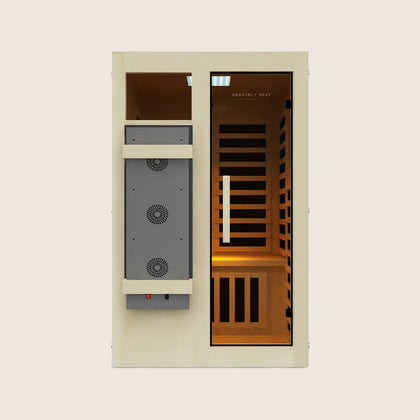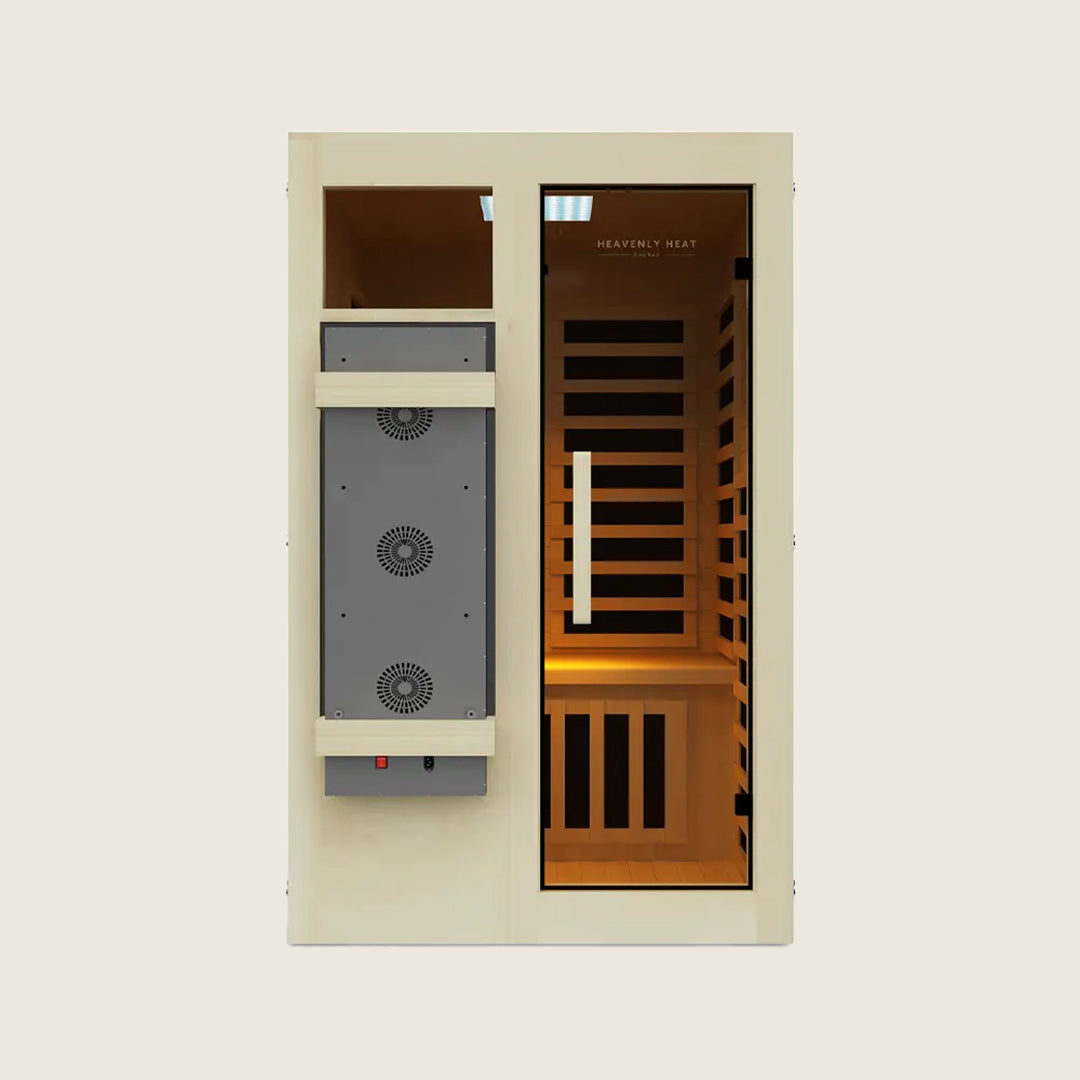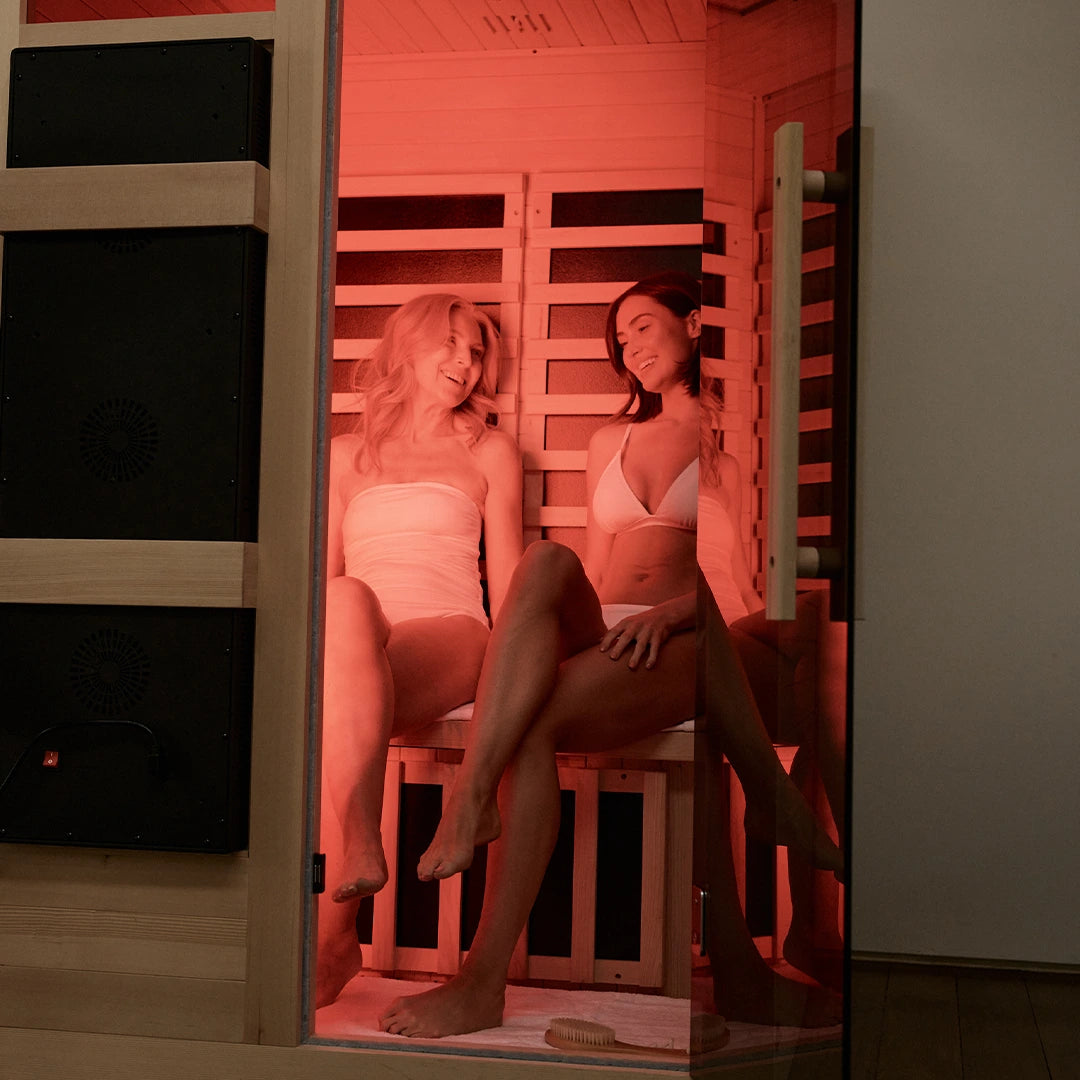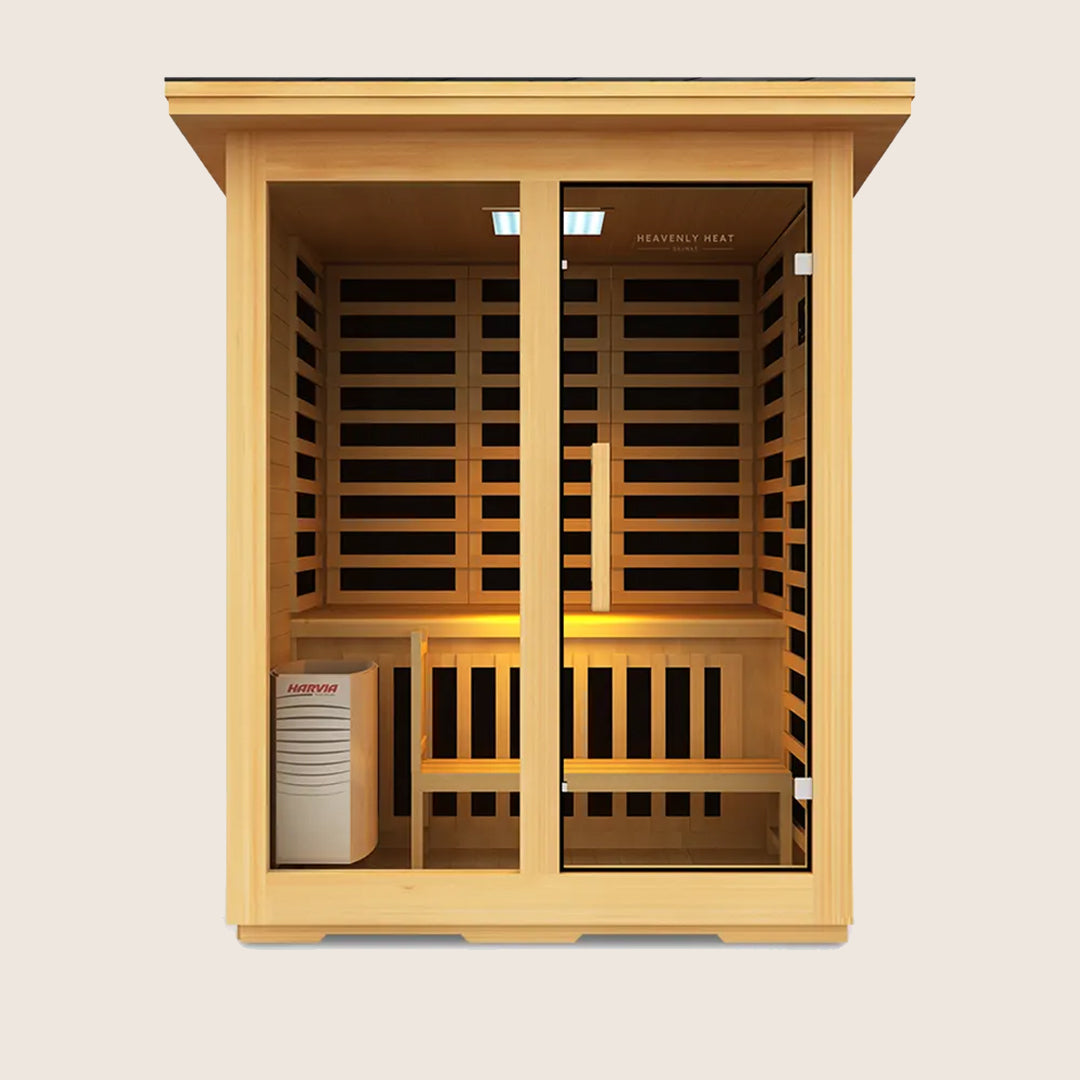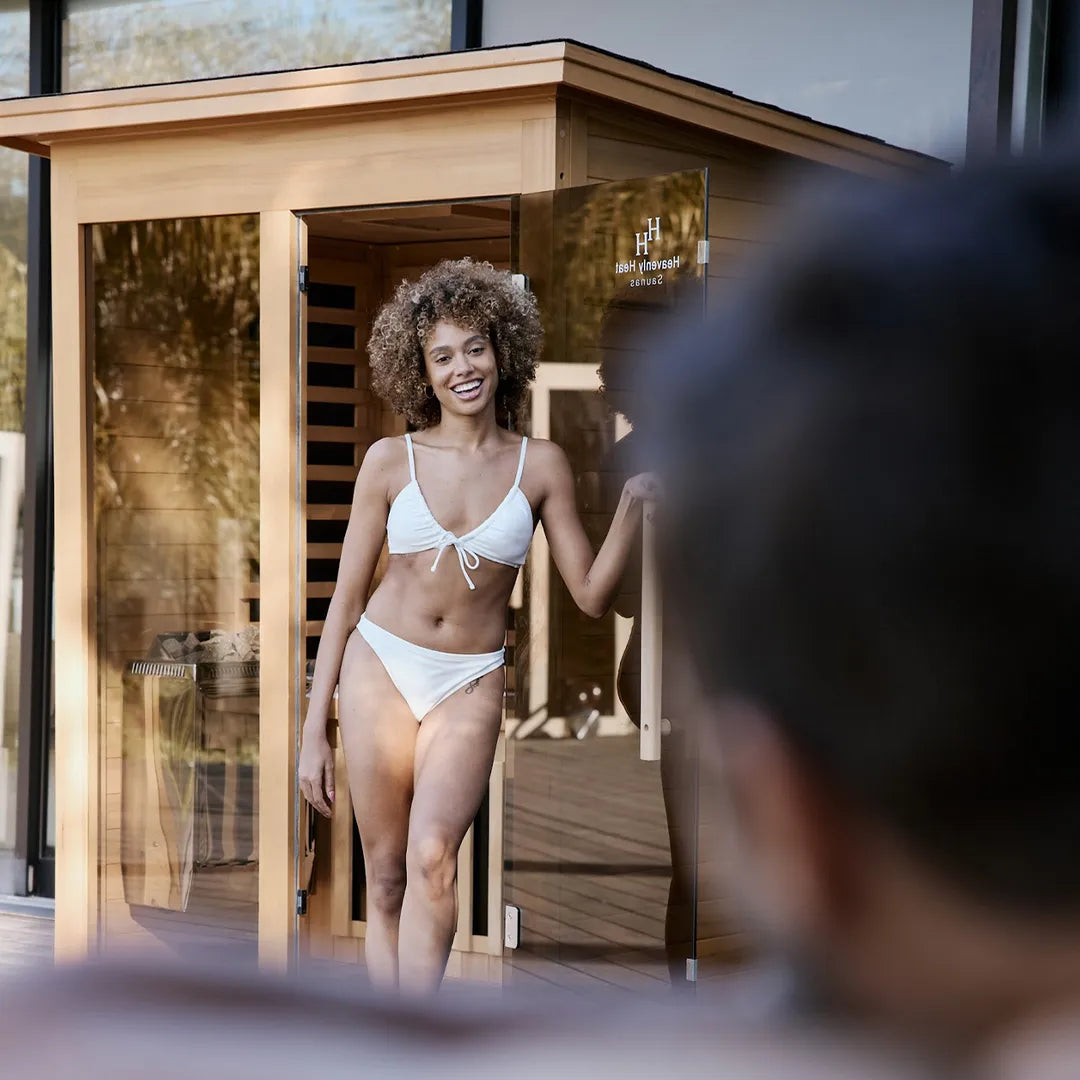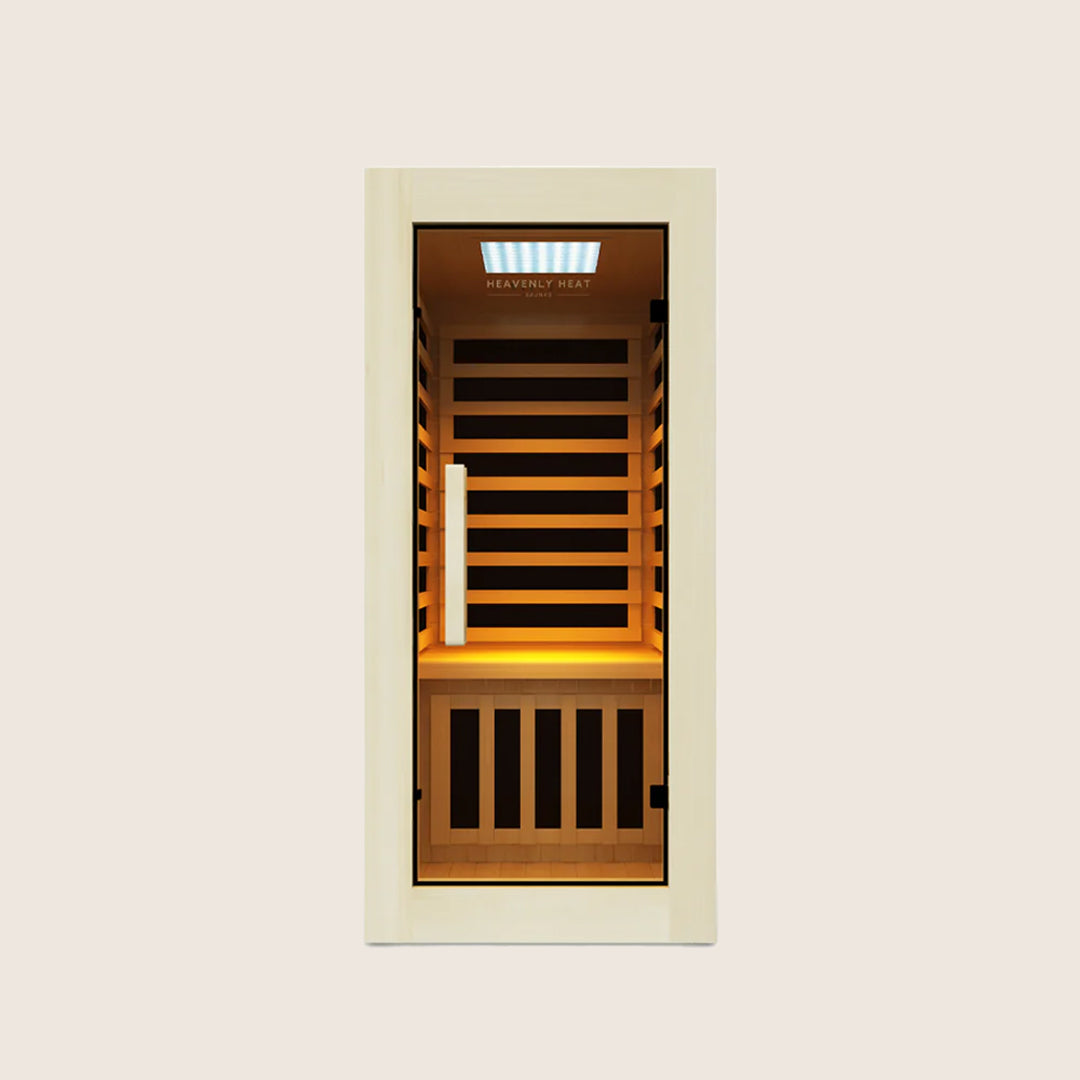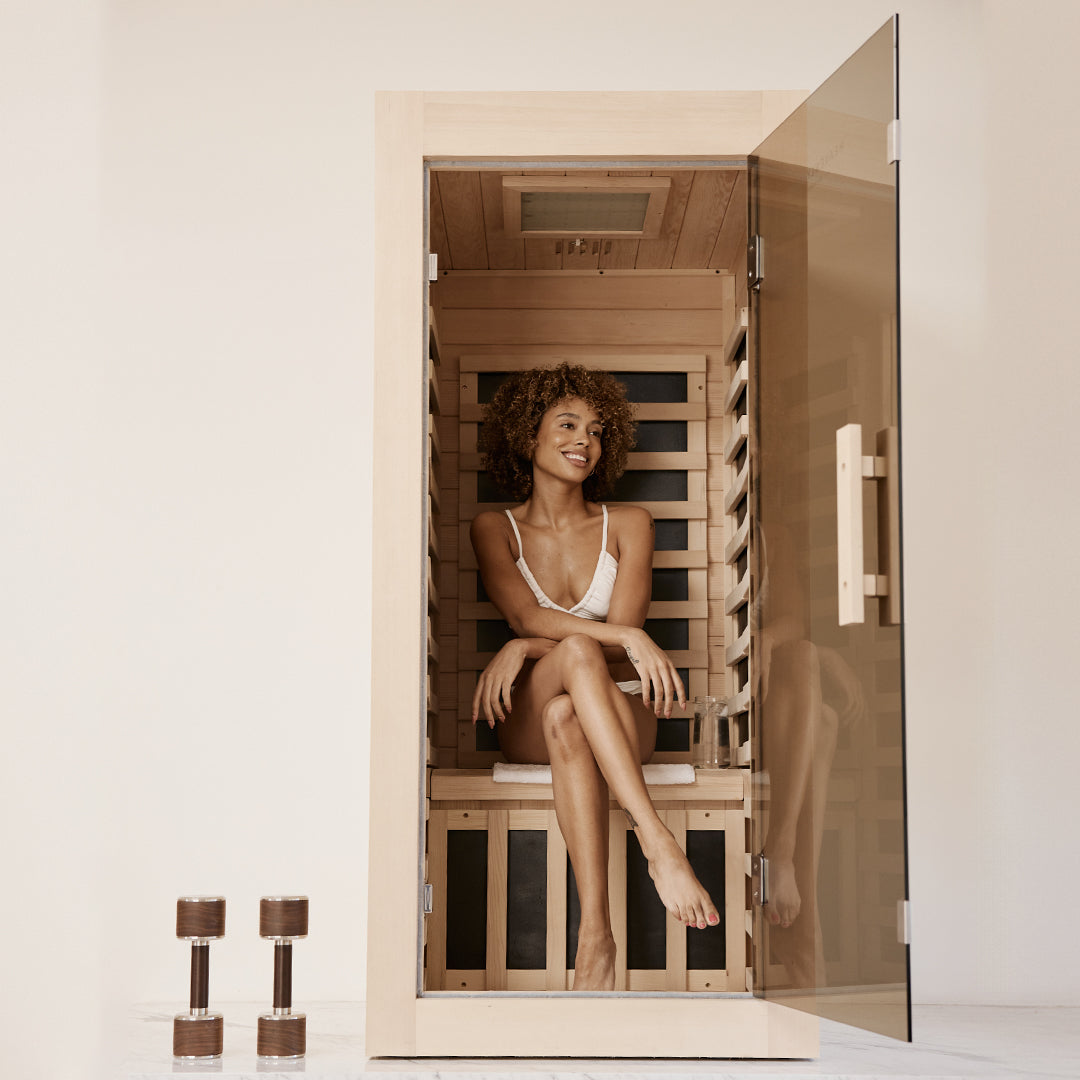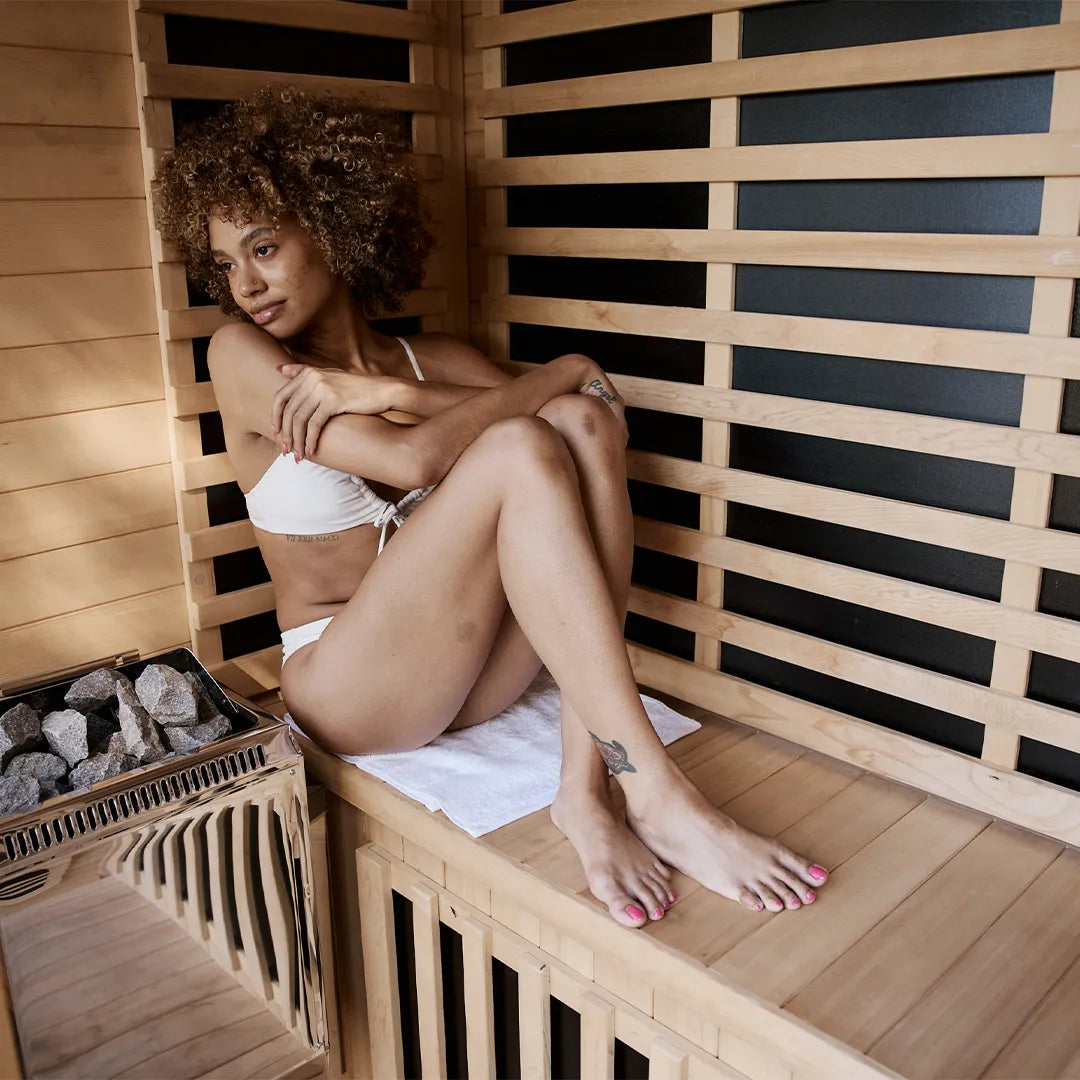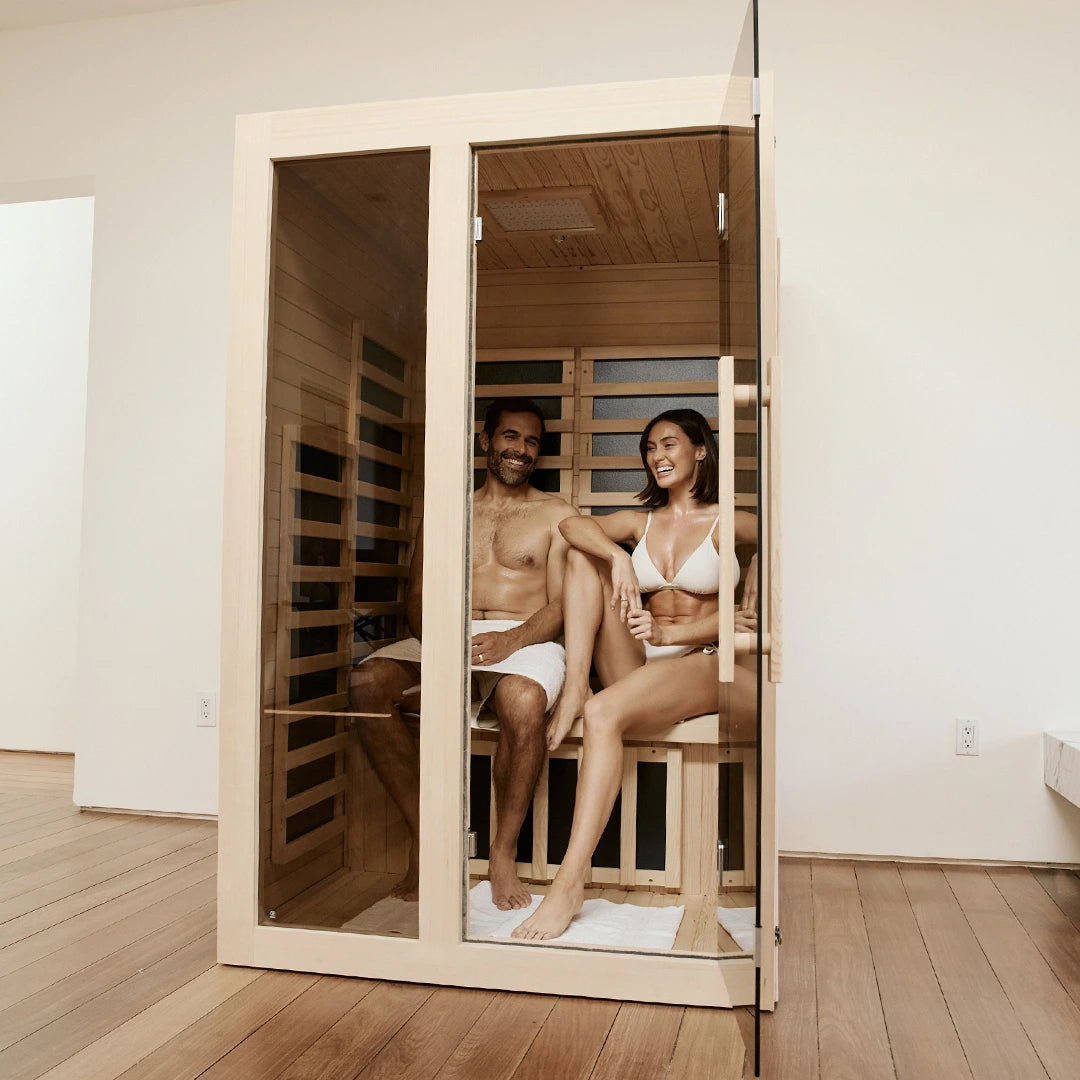How Cold Does A Cold Plunge Have To Be?
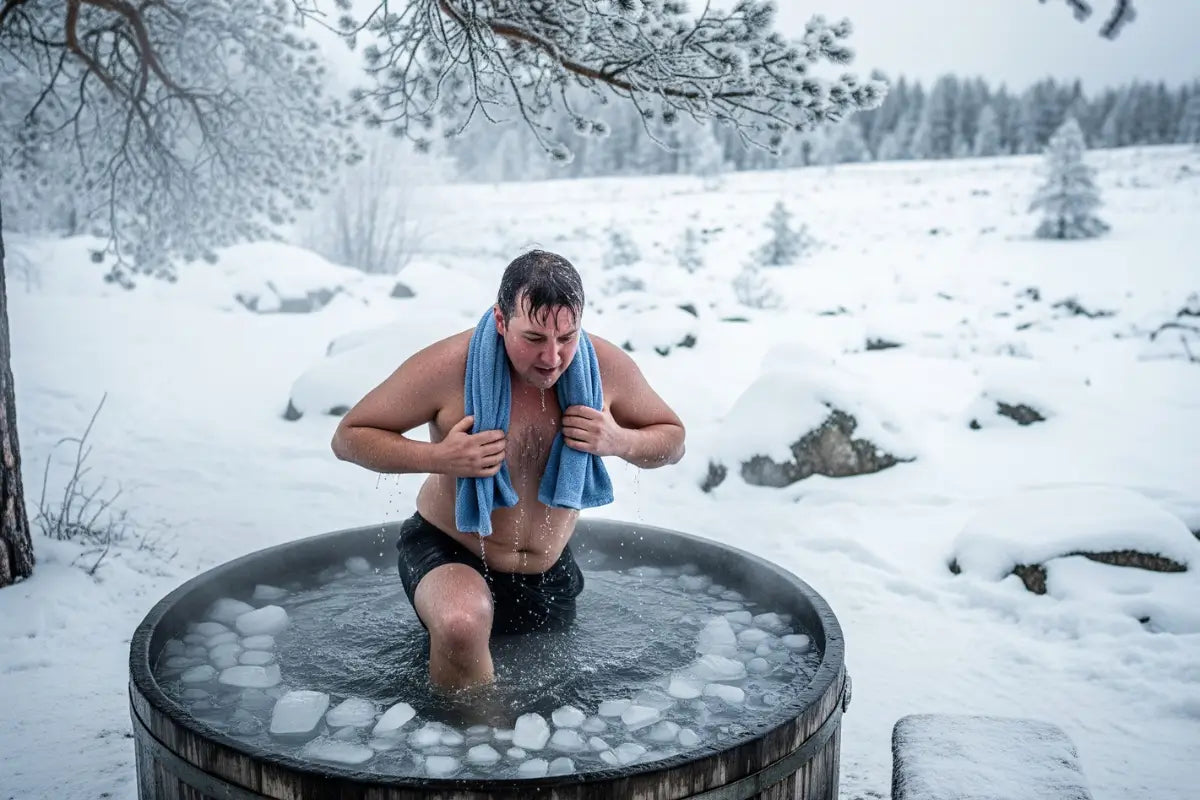
Thinking about trying a cold plunge but not sure how cold it should be? You’re not alone. The right temperature can boost recovery, improve circulation, and even lift your mood.
In this guide, you’ll learn the safest and most effective temps, how long to stay in, and how to start cold plunging the smart way.
Table of contents
Key Takeaways
-
Start Between 50°F–59°F: This range is ideal for safe and effective cold plunging.
-
Limit Time to 3–5 Minutes: Beginners should keep sessions short to avoid cold shock.
-
Avoid Going Too Cold: Temperatures below 50°F (10°C) are not recommended for newcomers.
-
Watch for Warning Signs: Shivering or numbness means it’s time to get out.
-
Cold Plunges Beat Cold Showers: Full-body immersion offers deeper recovery benefits.
What Is the Ideal Temperature for a Cold Plunge?
The ideal temperature for a cold plunge is between 50°F and 59°F (10°C to 15°C), offering optimal recovery benefits without being dangerously cold.
According to Frontiers in Physiology, cold water immersion (CWI) in this range helps reduce muscle soreness, fatigue, and exercise-induced muscle damage.
It also improves circulation and lowers markers like creatine kinase and lactate after intense workouts.
Initially, cold plunges cause a spike in heart rate and blood pressure due to the cold shock response, but this stabilizes over time. With proper use, CWI is a powerful tool for recovery and overall wellness.

What Temperature Should I Start With for Cold Plunges?
For beginners, start cold plunges between 50°F (10°C) and 60°F (15°C) to trigger benefits safely.
This range balances effectiveness and safety, according to Mission Health and chelsea.lenordik.com.
Avoid plunging below 50°F (10°C) initially, as lower temperatures increase the risk of hypothermia and other adverse effects.
Is 5°C Too Cold for a Beginner to Try a Cold Plunge?
Yes, 5°C (41°F) is too cold for beginners attempting a cold plunge. Beginners should start with water between 10°C and 15°C (50°F–60°F) to allow safe acclimation.
Lower temperatures increase the risk of cold shock, breathing difficulty, and hypothermia, especially without prior cold exposure experience.
How Long Should I Stay in a Cold Plunge as a Beginner?
If you're new to cold plunges, it’s best to start slow. According to experts, beginners should keep sessions short, around three minutes, and never go beyond five.
Water temperature matters too: warmer water (77–86°F) allows for longer exposure, while colder water (50–59°F) requires shorter, more controlled dips. Gradually build your tolerance over time.
According to Dr. King, “Don’t go too cold and don’t go for more than five minutes.” Most importantly, if you start shivering, get out. That’s your body’s way of saying it’s time to warm up.

Is a Cold Shower as Effective as a Cold Plunge?
Cold plunges are more effective than cold showers for recovery and health benefits due to full-body submersion, which activates cold shock proteins and stimulates the vagus nerve.
Cold showers are convenient but lack the intensity and depth of physiological response provided by cold plunges.

Best Way to Keep a Cold Plunge Cold
Use a Water Chiller: A water chiller is the most effective and consistent way to keep your cold plunge at your desired temperature, especially for daily use.
Insulate the Plunge Tub: Adding insulation around the tub helps reduce heat gain from the surrounding air and keeps the water colder for longer.
Add Ice Strategically: Use ice as a quick cooling method, especially before use, but combine it with other cooling strategies for longer-lasting results.
Keep It Covered: Use a well-fitting cover to trap the cold in and prevent the sun or warm air from heating the water.
Place It in a Shaded or Cool Area: Position your cold plunge in a naturally cooler spot or shaded area to minimize exposure to sunlight and ambient heat.


